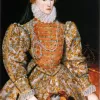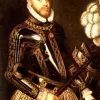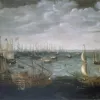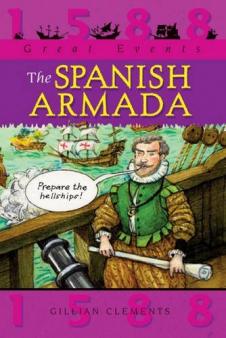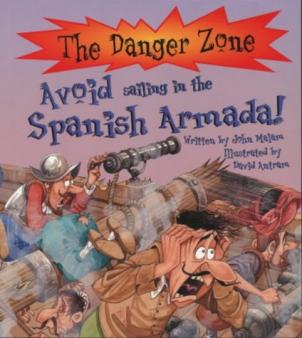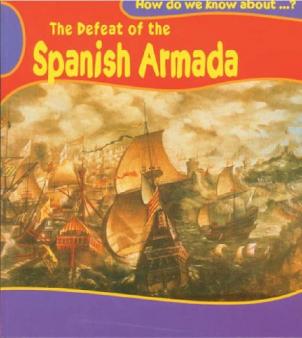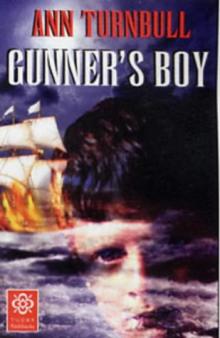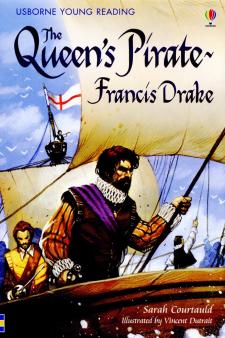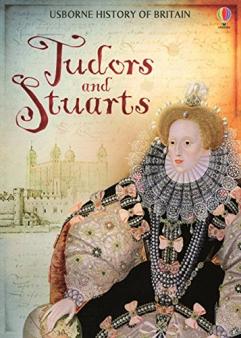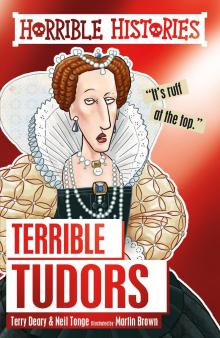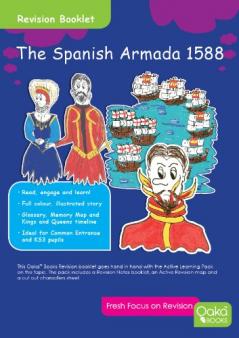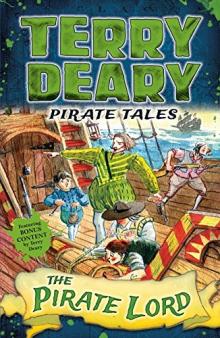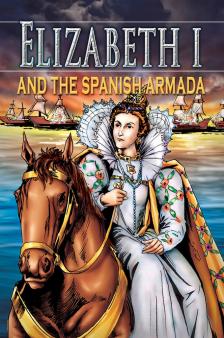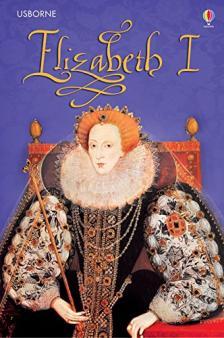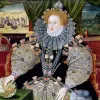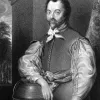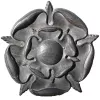TheSchoolRun.com closure date
As we informed you a few months ago, TheSchoolRun has had to make the difficult decision to close due to financial pressures and the company has now ceased trading. We had hoped to keep our content available through a partnership with another educational provider, but this provider has since withdrawn from the agreement.
As a result, we now have to permanently close TheSchoolRun.com. However, to give subscribers time to download any content they’d like to keep, we will keep the website open until 31st July 2025. After this date, the site will be taken down and there will be no further access to any resources. We strongly encourage you to download and save any resources you think you may want to use in the future.
In particular, we suggest downloading:
- Learning packs
- All the worksheets from the 11+ programme, if you are following this with your child
- Complete Learning Journey programmes (the packs below include all 40 worksheets for each programme)
You should already have received 16 primary school eBooks (worth £108.84) to download and keep. If you haven’t received these, please contact us at [email protected] before 31st July 2025, and we will send them to you.
We are very sorry that there is no way to continue offering access to resources and sincerely apologise for the inconvenience caused.
The Spanish Armada
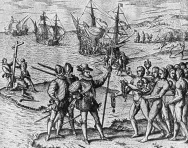
What was the Spanish Armada?
The most powerful naval fleet of its time, consisting of 130 ships and 30,000 men, the Spanish Armada was widely considered to be invincible.
In July 1588 the Armada set sail from Spain with the intention of invading England and overthrowing the queen, Elizabeth I.
Top 10 facts
- During the reign of Mary and subsequently of Elizabeth I the English navy had been strengthened. Its ships were more manoeuvrable, more stable and carried more guns than the larger Spanish vessels.
- England prepared for the Spanish Armada's arrival for two years. In 1587 Sir Francis Drake destroyed 20-30 ships as at the port of Cadiz and also supplies intended for the Armada. This ‘singeing of the King of Spain’s beard’ delayed the Armada.
- In July 1588 the Spanish fleet under Duke Medina Sidonia sailed from Spain. The Armada's aim was to invade England.
- When Spanish ships were sighted at Lands End in July 1588, the English lit fire beacons to pass a warning of the Armada’s arrival up the coast.
- The English knew that their best chance of success was to make the Armada break its crescent formation and pick off its ships one by one.
- On 6 August the Spanish fleet anchored at Calais where they hoped to pick up fresh supplies and ammunition. However the Spanish army had been prevented from leaving the Netherlands by the English and Dutch. This meant that the rendezvous between the Spanish army and navy could not take place.
- The English took the decision to unleash fire ships against the Spanish in order to scatter their fleet. Eight ships were packed with ammunition, deliberately set alight and directed towards the Spanish lines where they exploded like floating bombs. This forced the Spanish to break formation and run into the line of English gun fire.
- Spanish attempts to regroup were hindered by the bad weather which nearly caused the fleet to be grounded on the sandbanks near the port of Gravelines. The Battle of Gravelines led to the loss of five Spanish ships but many others were badly damaged.
- A combination of bad weather and English tactics caused the Armada to sail into the North Sea. This meant that the only way to return to Spain was to sail around the British Isles. The Spanish were ill prepared to do so, lacking maps and running low on food and water. Terrible storms during the autumn of 1588 resulted in the loss of a further 34 or 35 ships.
- Approximately half of the Spanish fleet was lost. Nearly 20,000 sailors lost their lives, mainly to disease and starvation.
Timeline
- 1553Mary Tudor becomes Queen of England
- 1558Elizabeth I becomes Queen of England

- 570Pope Pius V excommunicates Elizabeth I and urges loyal Catholics to depose her
- 1572-73Drake raids Spanish Main; Spanish Netherlands in revolt

- 1573Drake captures Spanish treasure at Nombre de Dios
- 1585-1586Drake raids Spanish colonies
- 1586-1588Preparation of Spanish Armada

- 1587 FebruaryElizabeth orders the execution of the Catholic Mary Queen of Scots further angering the Spanish
- 1587 AprilDrake ‘singed the beard of the King of Spain’ by attacking Spanish fleet at Cadiz and A Coruna
- 1588 JulySpanish fleet sails from A Coruna
- 1588 AugustBattle of Gravelines
- 1588 AugustArmada forced into North Sea
- 1588 SeptemberRemaining ships of Armada sail into North Atlantic


Boost Your Child's Learning Today!
- Start your child on a tailored learning programme
- Get weekly English & maths resources sent direct to your inbox
- Keep your child's learning on track
Did you know?
- The Spanish fleet used 2,088 convicts as rowers.
- The ships of the Armada, lined up in a convoy, stretched for over two miles!
- Hundreds of priests of the Spanish Inquisition accompanied the Armada. They were intent on converting the English to Catholicism.
- The only ships that the English fleet lost were the eight fire ships which they had deliberately set against the Spanish at Calais.
- The Spanish Admiral Medina Sidonia had never commanded a navy and was unhappy about taking up his post.
- Sir Francis Drake was allegedly playing bowls on Plymouth Hoe when the Armada was sighted. He is said to have remarked that there was plenty of time to finish the game before tackling the Spanish fleet.
Look through the gallery below and see if you can spot the following:
- Map showing the route taken by the Spanish Armada
- Portrait of Elizabeth I
- Portrait of Philip II
- The English fleet attacking the Armada
Gallery
About
in Tudor times, Spain decided to invade England and overthrow Elizabeth I for lots of different religious and political reasons.
Spain was the leading Catholic power and most powerful country in Europe.
Henry VIII of England had quarrelled with the Catholic Church and established the Protestant Anglican church. Following the death of Henry’s son Edward VI in 1553, Mary Tudor, daughter of Katherine of Aragon and Henry VIII, became queen. She was a fervent Catholic who earned the title “Bloody Mary” because of her ruthless persecution of Protestants. She married Phillip II of Spain but they had no children. Mary died childless in 1558 and her half sister Elizabeth I, who was a Protestant, became queen. English Catholics feared that they would be persecuted during her reign. In 1559 Phillip II proposed marriage to Elizabeth, perhaps as a result of the duty he felt to protect English Catholics, but his offer was declined.
Spain controlled a vast South American Empire in the sixteenth century. The South American conquests brought it great wealth; heavily-laden Spanish treasure ships quickly became the target of Elizabethan pirates and state-sponsored privateers such as Sir Francis Drake. The raids on their settlements and the loss of their treasure ships naturally angered and frustrated the Spanish! Philip II was particularly infuriated that Elizabeth would not condemn these attacks.
Differing interests over the Netherlands also contributed to the tensions between the two countries. Elizabeth supported Protestants in the Netherlands who were trying to overthrow the Spanish. Elizabeth’s intervention in the Netherlands in 1585 persuaded Philip that war was inevitable.
Britain’s power as a sea power capable of withstanding invasion from the might of Spain were confimed as a result of the failure of the Armada.
Elizabeth’s appearance at Tilbury inspired her army and benefited her reputation. Her speech included the famous lines "I know I have the body of a weak, feeble woman; but I have the heart and stomach of a king..."
A number of reasons have been given for the failure of the Armada. These include poor planning and execution on the part of the Spanish and differences in strategy between Phillip and Duke of Parma. The Spanish Commander Medina Sidonia had never been in charge of a naval fleet whereas the English were led by experienced sailors including Vice Admiral Sir Frances Drake. The weather was perhaps one of the most decisive factors, battering the Armada even before it reached England and blowing it off course.
Related Videos
Just for fun...
- Try a code-cracker revision activity on the Spanish Armada
- Download a copy of Tudor Battleships and play to sink all your opponent's vessels!
- Thomas Harte, a young boy, remembers joining the fight against the Spanish Armada in 1588 in a BBC Schools Radio Spanish Armada story
- Confident about your Spanish Armada knowledge? Play the Walk the plank game!
Children's books about the Spanish Armada
Find out more
- How close did the Spanish come to invading England in 1588? Find lots of background information about the Spanish Armada
- A detailed list of the ships involved and the difference in tactics between the Spanish and English fleets
- Look at an original copy of Elizabeth I's famous Tilbury Speech
- The Kiddle Encyclopedia guide to the Spanish Armada for children
- Read Elizabethan propaganda to understand how England tried to show that Spain planned to invade
- See a collection of beautiful jewellery recovered from the Spanish Armada in 1588 in the Ulster Museum
- The battles between English and Spanish fleets made up one of the most important campaigns in naval history; see maps of how the events unfolded
- Did God really help the English defeat the Spanish Armada? Look at documents of the time to help you decide!
- See a portrait of Elizabeth I painted to commemorate the defeat of the Spanish Armada in 1588
- Watch a BBC Armada video and revise what you know about Elizabeth I and the Spanish Armada
- Listen to Elizabeth I's famous speech rallying her troops at Tilbury before the invasion of the Spanish Armada in 1588
- Take a close look at the Spanish Armada paintings in the House of Lords, recreations of the ten large tapestries which commemorated the British victory and hung inside the House of Lords Chamber from the 1650s until 1834, when they were destroyed by fire
See for yourself
- Visit the National Maritime Museum at Greenwich
- In Plymouth, walk on the Hoe Promenade where Sir Francis Drake was first told about the sighting of the Armada and see the sculpture A Royal Game, featuring Elizabeth I and Phlip II of Spain playing chess

